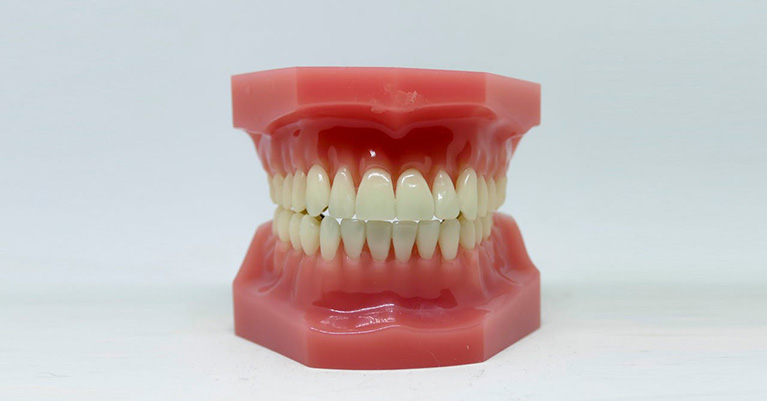Gum Disease Causes
2 September 2020
6 min read
By Dr. Azim Malik Specialist Periodontist and Implant Surgeon
Gum disease is like a battle between the bacteria in our mouth and the human body – or human immune system.
And in that war, you can lose gum and you can lose bone.
It’s a bit like hay fever and the way people respond to pollen. Everyone's different.
I go out and I might be okay.
If you go out, and if you’ve got hay fever, you’ll start sneezing and you’ll go red.
In the same way, different people respond differently to bacteria.
We can’t change the way a person is made – that's determined by genetics.
The only thing you have control over is your oral health routine.
So if someone has gum disease, their brushing may have to be better than mine because they have the disease and I don’t.
It's akin to two patients who are twin brothers.
One's got diabetes and the other one hasn't.
They both go to the GP and the GP says to the diabetic brother: “I think you should really cut down on your sugar.”
But he doesn’t say that to the other twin brother.
And that’s because one has got diabetes and the other one has not.
What are the main causes of gum disease?
The cause of gum disease is primarily plaque and bacteria.
If you don't have that, or you have minimal amounts of that, then your body reacts less to that bacteria.
So that's the main cause.
Gum disease risk factors
And then there are exacerbating factors – or risk factors.
They include rheumatoid arthritis and other inflammatory disease.
But smoking is one of the biggest risk factors.
Types of gum disease
I don't like using the term gum disease because people think that it's only limited to the gum. In can involve the bone as well.
There are two main types of gum disease.
One is gingivitis, which is basically inflammation of the gums.
Can gum disease be cured?
Gingivitis is reversible.
So if you brush well you could probably reverse it.
Periodontitis is when gingivitis progresses even more to now affect the bone.
So first it’s limited to the gums, now it goes to the bone.
“Peri” means around the tooth, “odont” means the tooth and “it is” is the term for inflammation.
Periodontitis is basically inflammation around the tooth.
Different types of gum disease
In approximately 15%-25% of the population, gingivitis progresses periodontitis.
In the rest of the population, it remains at just gingivitis.
Periodontitis is irreversible because it involves disillusion, pretty much, of the bone.
And then you have severities of gum disease so it could be generalised, which means you have it in greater than 30% of your teeth.
Or it could be localised, which means have it in less than 30% of your mouth.
And it is staged from one to four, one being mild and four being pretty advanced and almost terminal.
Can I reverse periodontal disease naturally?
Periodontal disease is irreversible.
Gingivitis is reversible, periodontitis is irreversible.
You cannot get rid of periodontitis – you will always have it. It can only be stabilised.
It’s like diabetes.
We can't get rid of it but we can stabilise it and stop it from getting any worse.



